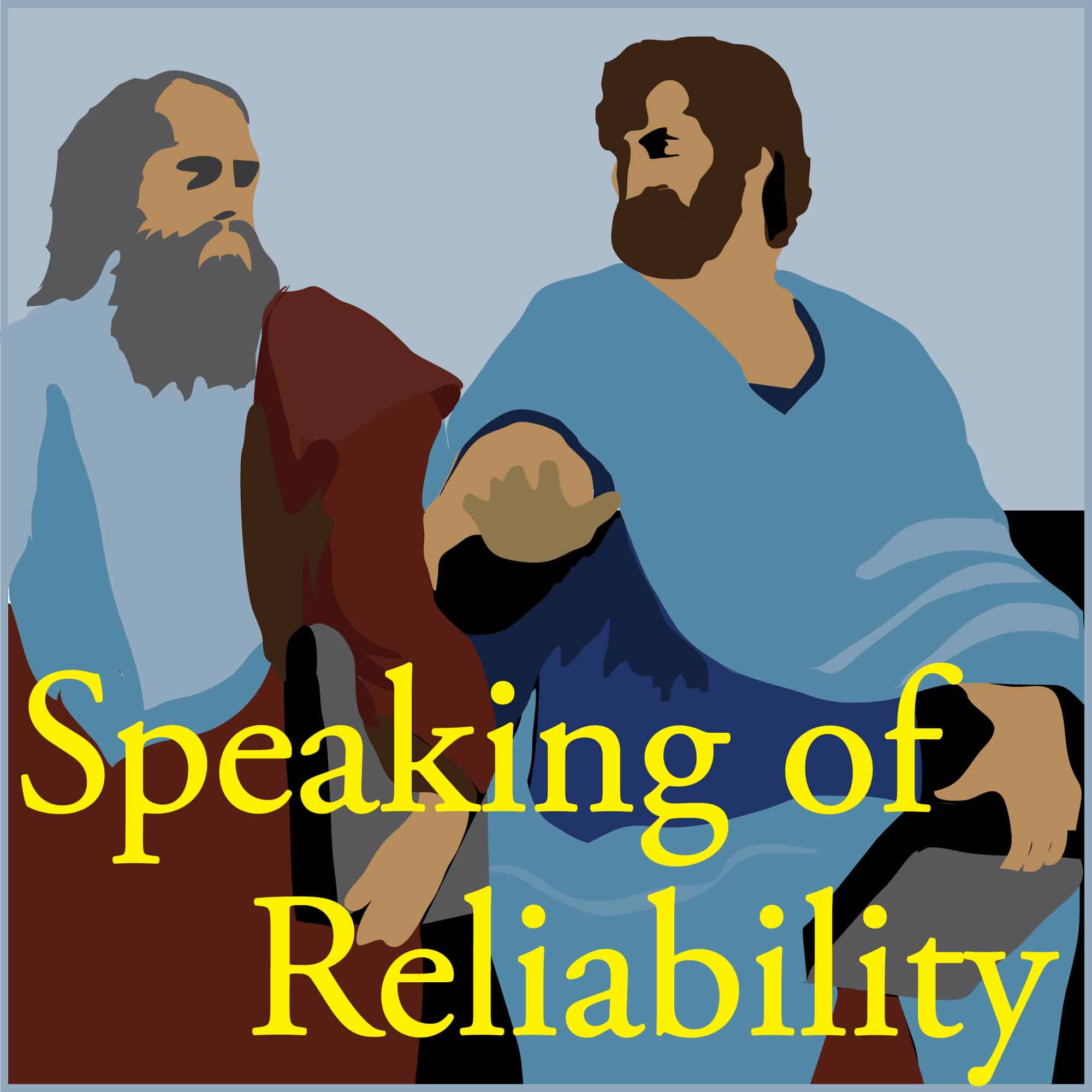

Speaking Of Reliability: Friends Discussing Reliability Engineering Topics | Warranty | Plant Maintenance
Reliability.FM: Accendo Reliability, focused on improving your reliability program and career
Gain the experience of your peers to accelerate improvement of your program and career. Improve your product development process, reliability or warranty performance; or your plant uptime or asset performance. Learn about reliability and maintenance engineering practical approaches, skills, and techniques. Join the conversation today.
Episodes
Mentioned books

Sep 16, 2024 • 0sec
SOR 1001 Practice Data Sets
When we are taught reliability data analysis in very 'sanitized' ways. We get information or data from textbooks that is created to prove teaching points. But real-world data can be messy, mixed up, and challenging to sort in a way where we can get what we need from the data. So how do we practice on real-world data.

Sep 13, 2024 • 0sec
SOR 1000 The 1,000th Episode
The 1,000th Episode Abstract Kirk and Fred and a long-time listener, Nik Sharpe, discuss the long history of doing this podcast from the first Speaking of Reliability podcast SOR #1, “Can you pass HALT?” recorded June 20th, 2015, to this 1000th episode. Key Points Join Kirk and Fred as they discuss with Nik how and […]

Sep 9, 2024 • 0sec
SOR 999 Product Life Time
We are often asked as reliability engineers 'how long should something last.' And the premise is that for some types of products, based on the same technologies, there is some 'standard' that outlines how long it should last. Perhaps this is called 'industry best practice.' But the 'industry' is not who you should be listening to ...

Sep 6, 2024 • 0sec
SOR 998 Reliability and Politics
Politics is not engineering. But unfortunately, the most 'senior' engineers become 'senior' because of their political skills. Not engineering skills. And it can be really bad in reliability engineering. Sound familiar?

Sep 2, 2024 • 0sec
SOR 997 Preparing to Interview
Preparing to Interview Abstract Chris and Fred discuss how to make a good impression when interviewing for a reliability engineering position. How do you prepare? Key Points Join Chris and Fred as they discuss what you can do to prepare for a (new?) career in reliability engineering. What can you do to prepare yourself to […]

Aug 30, 2024 • 0sec
SOR 996 FMEA and HAZOP
FMEA and Hazard Analysis Abstract Carl and Fred discuss a reader question about FMEA and Hazard Analysis and whether or not they can be combined into a single analysis. Key Points Join Carl and Fred as they discuss the difference between FMEA and Hazard Analysis. Topics include: FMEA and Hazard Analysis have some similarity of […]

Aug 26, 2024 • 0sec
SOR 995 Hidden Reliability
Hidden Reliability Abstract Carl and Fred discuss the challenges of hidden reliability problems, especially issues that are certain to occur, but not easily observed. When failures are invisible or hidden, they can be missed or ignored. Key Points Join Carl and Fred as they discuss the importance of making reliability issues visible. Topics include: “If […]

Aug 23, 2024 • 0sec
SOR 994 Introducing Risk Management Plan
Introducing Risk Management Plan Abstract Greg and Fred discuss why risk is becoming a personal issue to home owners and to all of us. They discuss aging infrastructure risk, who pays, and how to mitigate these risks. Key Points Join Greg and Fred as they discuss infrastructure risks of aging water, sewage, and power systems. […]

Aug 19, 2024 • 0sec
SOR 993 What Happened to Quality?
What Happened to Quality? Abstract Greg and Fred discuss quality from engineering and quality points of view. Greg is developing AI engineering applications. Greg wants to build, ship, and monetize. Fred wants to build quality in. What do you think is the right way? Key Points Join Greg and Fred as they discuss what’s happened […]

Aug 16, 2024 • 0sec
SOR 992 Past Good and Bad Knowledge
Past Good and Bad Knowledge Abstract Chris and Fred discuss the so-called ‘bedrock documents and statistics’ that are used over and over again as if they are universally correct – even though they might have nothing to do with ‘your’ machines or systems. WHY? Key Points Join Chris and Fred as they discuss the role […]


